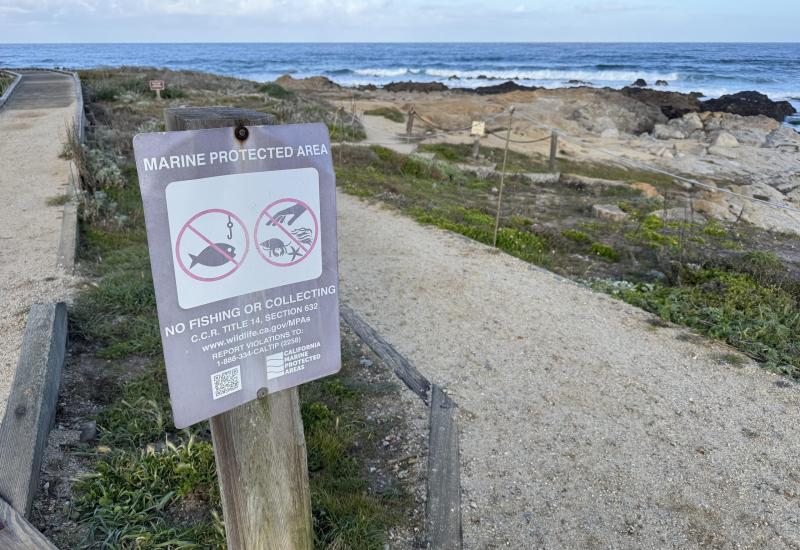Divers Guide to Marine Life: Nurse Shark (Ginglymostoma Cirratum)

Nurse shark (Ginglymostoma cirratum)
The nurse shark got its name from the squeaky sucking noise it can make when out of the water, not to be confused with Australia’s grey nurse shark (also known as a Raggie in South Africa), the Sand Tiger shark in the United States or with the Tawny nurse shark of the Indo-Pacific region.
Click HERE for more fun shark facts!
Ivan Rutzen
Nurse shark (Ginglymostoma cirratum)
•Conservation status: IUCN Red Listed as ‘Data Deficient’
•The nurse shark got its name from the squeaky sucking noise it can make when out of the water; not to be confused with Australia’s grey nurse shark, also known as a Raggie in South Africa or a Sand Tiger shark in the United States; or with the Tawny nurse shark of the Indo-Pacific region.
•This shark has a blunt head with a pair of conspicuous barbels between the nostrils, two rounded dorsal fins, and a long tail. Adult nurse sharks are about 2.5 meters (~ 8 ft.) in length.
•The nurse shark is one of the most common sharks sighted by divers throughout its wide tropical and sub-tropical range. It is often sedentary and docile, resting under ledges along patch reefs, caves and crevices; and is mostly active at night.
•Nurse sharks take 10 to 15 years to reach reproductive maturity and have 21 to 28 pups per litter.
•They are bottom-feeding predators, using their strong jaws to suck prey off the bottom and then crush and consume it. They feed on lobsters, shrimp, crabs, sea urchins, squid, octopus, and fishes such as catfishes, mullets, puffers and even stingrays.
•Because they are resting during the day, recreational divers may be tempted to handle these sharks, which can result in non-lethal but serious bites.
Information provided by the SharksCount program. Find out more about citizen science for sharks at www.sharksavers.org/sharkscount.
Click HERE to see the full list of sharks.

Ivan RutzenThe nurse shark got its name from the squeaky sucking noise it can make when out of the water, not to be confused with Australia’s grey nurse shark (also known as a Raggie in South Africa), the Sand Tiger shark in the United States or with the Tawny nurse shark of the Indo-Pacific region.
Click HERE for more fun shark facts!
Nurse shark (Ginglymostoma cirratum)
•Conservation status: IUCN Red Listed as ‘Data Deficient’
•The nurse shark got its name from the squeaky sucking noise it can make when out of the water; not to be confused with Australia’s grey nurse shark, also known as a Raggie in South Africa or a Sand Tiger shark in the United States; or with the Tawny nurse shark of the Indo-Pacific region.
•This shark has a blunt head with a pair of conspicuous barbels between the nostrils, two rounded dorsal fins, and a long tail. Adult nurse sharks are about 2.5 meters (~ 8 ft.) in length.
•The nurse shark is one of the most common sharks sighted by divers throughout its wide tropical and sub-tropical range. It is often sedentary and docile, resting under ledges along patch reefs, caves and crevices; and is mostly active at night.
•Nurse sharks take 10 to 15 years to reach reproductive maturity and have 21 to 28 pups per litter.
•They are bottom-feeding predators, using their strong jaws to suck prey off the bottom and then crush and consume it. They feed on lobsters, shrimp, crabs, sea urchins, squid, octopus, and fishes such as catfishes, mullets, puffers and even stingrays.
•Because they are resting during the day, recreational divers may be tempted to handle these sharks, which can result in non-lethal but serious bites.
Information provided by the SharksCount program. Find out more about citizen science for sharks at www.sharksavers.org/sharkscount.
Click HERE to see the full list of sharks.










